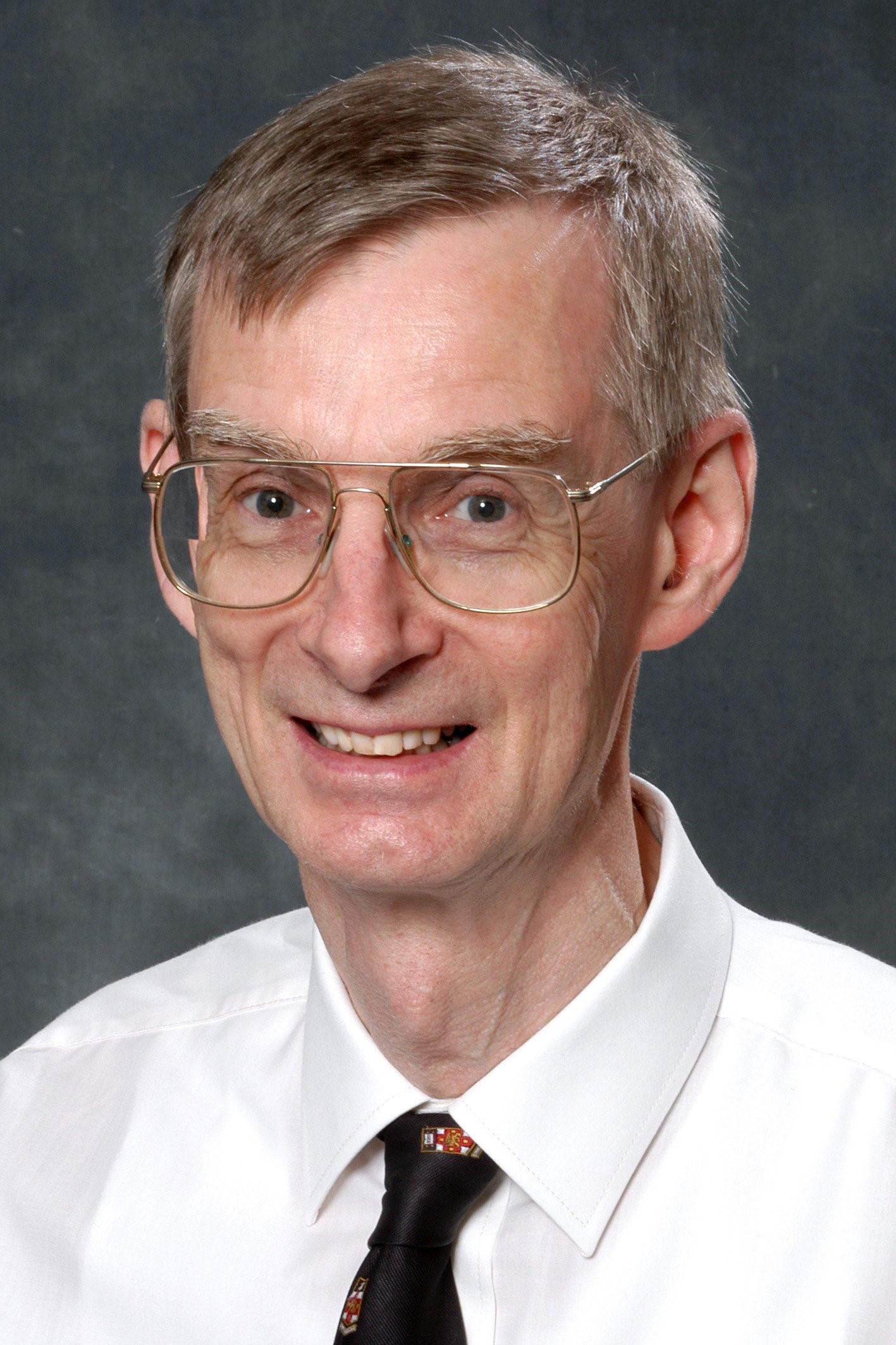Links and contact details
EM. Prof. Peter Hosford Barry
Qualifications
BSc (Hons) 1963, PhD (USyd) 1968,
DSc (UNSW) 1991
Profile
I became a Christian as a 2nd year undergraduate at Sydney University studying mainly geology, mathematics and physics and completed my course with an Honours degree in Physics. I believe that God guided me to do a PhD and pursue a career in scientific research. My PhD, also at the University of Sydney, was in membrane biophysics with an investigation of ion and water movement through giant algal cell membranes; my postdoctoral research moved to biophysical research in animal physiology at UCLA (1967-70) exploring ion permeation and selectivity across gallbladder membranes, then to electrophysiology in skeletal muscle fibres in the Physiological Laboratory at the University of Cambridge in 1970-1971; returning to Australia as a QEII Fellow in the School of Physiology & Pharmacology (1972,1973) at UNSW, exploring ion permeation and selectivity of acetylcholine channels in skeletal muscle fibres. This was followed by academic positions in that School as Lecturer, Senior Lecturer, Associate Professor and finally Professor from 1994-2001, and Sub-Dean (IT) in the Faculty of Medicine (1995-8) retiring in 2002 in the School of Medical Sciences as Conjoint Professor and being appointed an Emeritus Professor from 2003.
My research over the years has involved interactions between ion and water flows across cell membranes, unstirred-layer effects near membranes, the biophysics of ion permeation and selectivity through ligand-gated channels and olfactory neuronal channels, the effects of site-directed mutagenesis on changing ion selectivity, and liquid junction potential corrections in membrane potential and ion selectivity measurements. My work has also resulted in internationally marketed computer programs for research and teaching in electrophysiology.
Science/faith interests
Since becoming a Christian in my 2nd year at the University of Sydney, and a member of the Evangelical Union there, I developed a strong interest in the relationship between Science and the Christian faith, and felt led by God to be a Christian involved in scientific research to understand more of God’s creation, and show that Christian faith was compatible with science, and hopefully contribute in at least some small way to basic medical research. I have been a member of ISCAST since the early 1990s, an ISCAST Fellow since 1993, and Chair of the Sydney Chapter of ISCAST from 2001.
I am particularly keen that we in ISCAST help to break down the perceived barriers between science and the Christian faith, which can become an obstacle to people accepting the gospel message.
I have given two ISCAST presentations: Peter H Barry, Oct 2005: Modern Science and Christian Belief should be at Peace, on a review of Darrell R. Falk’s and Richard G Colling’s books, and another ISCAST presentation on An Outline of the Test of Faith Course.
Professional associations
They include being:
- Member of the Australian Society of Biophysics since 1976
President in 2003-2004, and made an Honorary Life Member in 2016. - Honorary (Life) Member of the Australian Physiological & Pharmacological Society (APPS, now the Australian Physiological Society, AuPS).
- Emeritus Member of the Biophysical Society (USA)
- Emeritus Member of the Society of General Physiologists (USA)
- Fellow of ISCAST, The Institute for the Study of Christians in Science and Technology) from at least 1993, and a Member of the Board of Directors from 2001.
- A tertiary representative on the Graduate Research Awards Board of the Australian College of Theology from 2001-2008.
Selected publications
My Scientific research and teaching has resulted in over 90 publications as papers in scientific journals and book chapters. A few examples are given below
Barry, P.H. & Hope, A.B. (1969). Electro-osmosis in membranes: effects of unstirred layers and transport numbers: Part I: Theory. Biophys. J. 9 (5), 700-728; Part II; Experimental Biophys. J. 9 (5), 729-757.
Barry, P.H., Diamond, J.M. & Wright, E.M. (1971). The mechanism of cation permeation on rabbit gall-bladder: dilution potentials and biionic potentials. J. Membrane Biol. 4, 358-394.
Barry, P.H., & Diamond, J.M. (1984). Effects of unstirred layers on membrane phenomena. Physiol. Rev., 64: 763-872.
Barry, P.H. and Lynch, J.W. (1991). Topical Review. Liquid junction potentials and small cell effects in patch clamp analysis. J. Membrane Biol. 121: 101-117.
Keramidas, A., Moorhouse, A.J., Schofield, P.R. and Barry, P.H. (2004). Ligand gated ion channels: Mechanisms underlying ion selectivity. Invited review for: Prog. Biophys. Molec. Biol., 86: 161-204.
Barry P.H., Lewis T.M. & Moorhouse A.J. (2013) An optimised 3 M KCl salt-bridge technique used to measure and validate theoretical liquid junction potential values in patch-clamping and electrophysiology, Eur. Biophys. J., 42: 631-646.
For further publications see:
https://research.unsw.edu.au/people/emeritus-professor-peter-h-barry/publications
